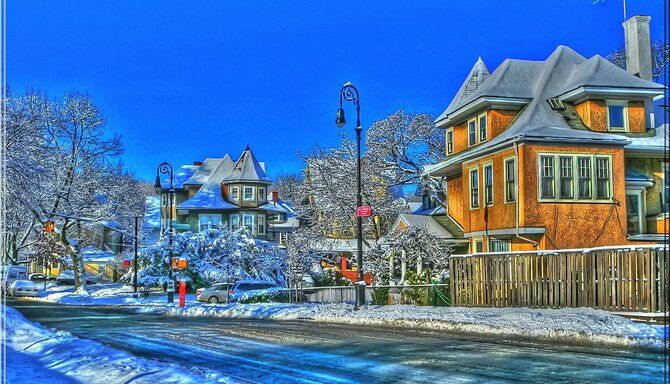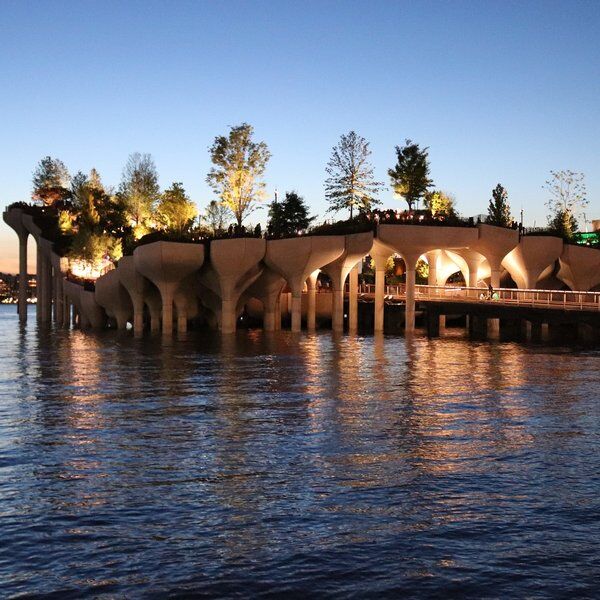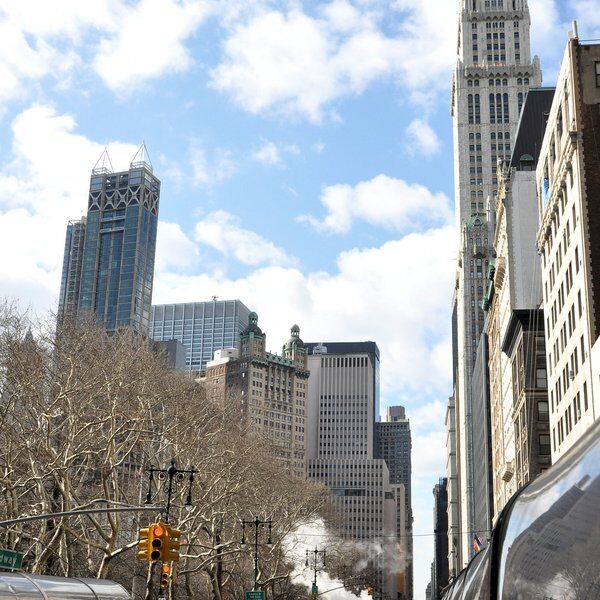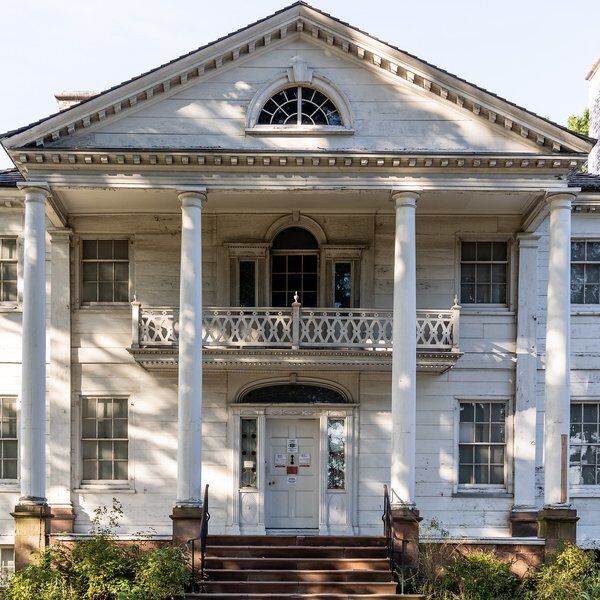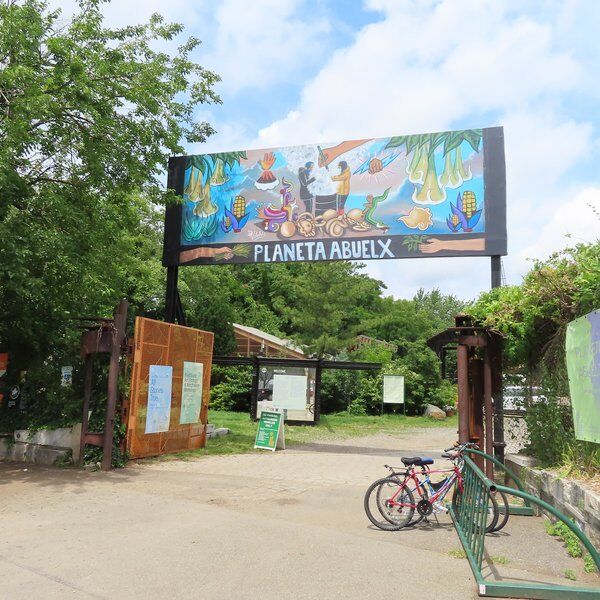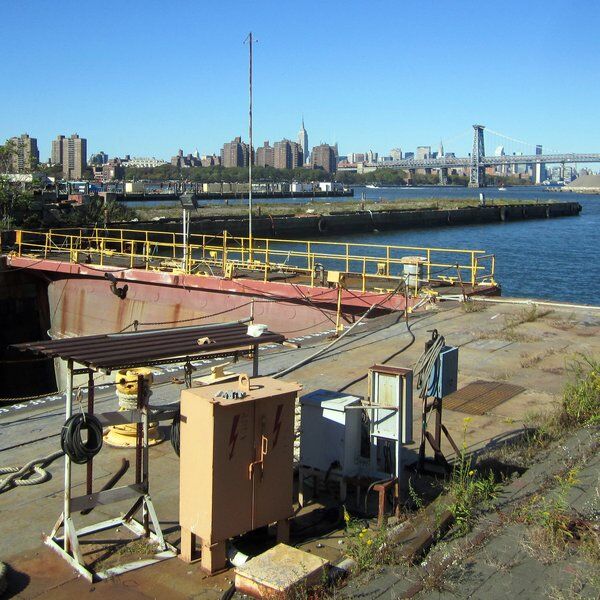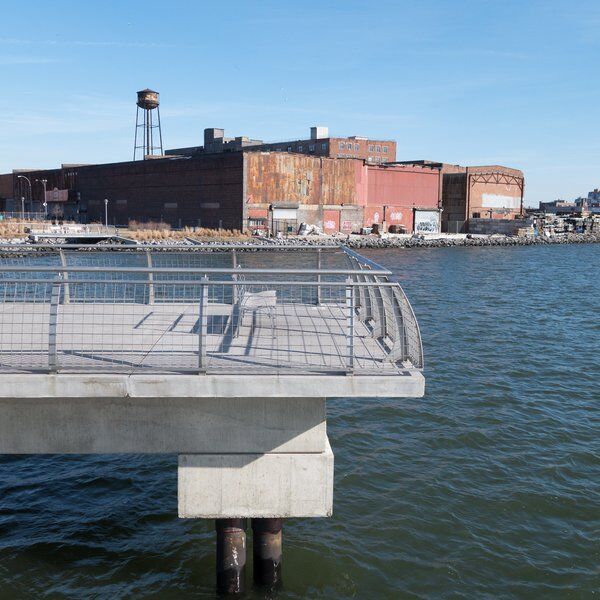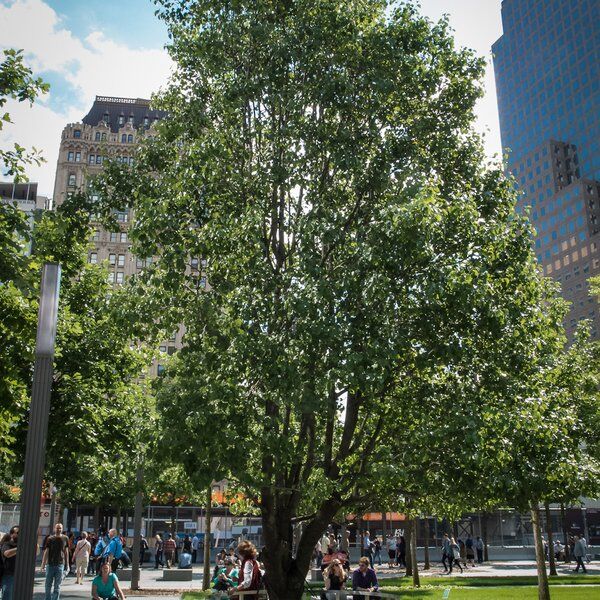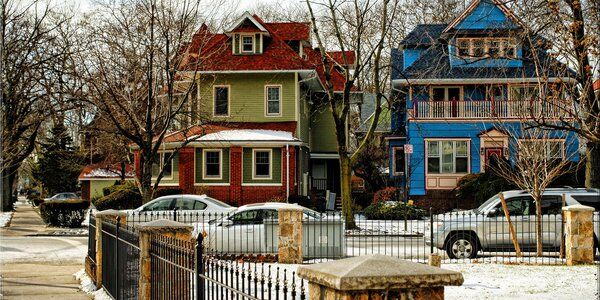
The Early History Of Ditmas Park
Ditmas Park, and the wider area of Flatbush around it began life as the Dutch colonial village of Midwout in around 1652. It was originally made up of various farms, which were deemed indefensible because of their haphazard layout.
A year after the English took control of New Amsterdam, in 1664, the settlement was rebuilt, this time in a more orderly fashion and with the new name of Flatbush.
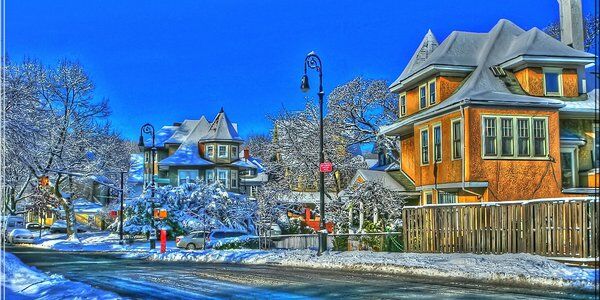
The Revolutionary War And Slavery In Ditmas Park
During the Revolutionary War the area's residents tried to remain neutral but were eventually forced into the Battle of Long Island. For seven years after this Flatbush was occupied by the British and many of the residents were forced to flee their homes.
Slavery was prevalent in New York at the time and many of the slaves in Flatbush swore allegiance to the English crown in return for their freedom. Despite this, come 1790, seven years after the war, there were still about 300 slaves in the area to 500 whites. That's more than one third of the population.
When the people of New York finally began to wake up to immorality of slavery, some of the slave-owning Flatbush families were holdouts, claiming their form of slavery was of a gentler kind than that found in the south. One local slaver, Gertrude Lefferts Vanderbilt, even went so far as to write a book characterising northern slavery as kind and paternalistic. Needless to say, the evidence does not back-up these claims.
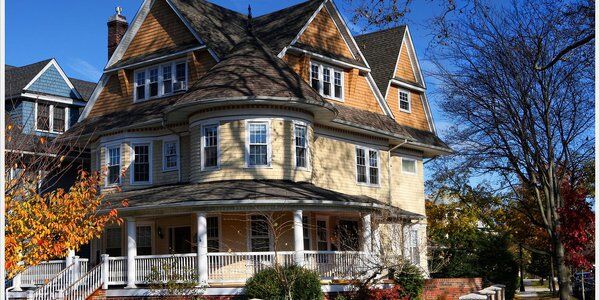
Ditmas Park In The 19th and 20th Centuries
The area started to urbanise in the 19th century when it was connected to Brooklyn's stage line network. The first stage line to the town opened in the 1830s and an increase in public gas and water supply followed over the next 40 years.
Having provided these services, efforts were made by Brooklyn's governor to annex Flatbush into its municipality. This was met with some resistance by the local population but eventually, in 1894, the area became part of Brooklyn.
Noting the area's modernisation, real estate developers started moving in and, in 1902, the construction of today's Ditmas Park began.
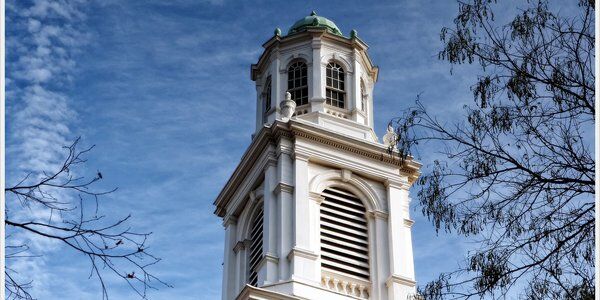
The Ditmas Park Of Today
It is tempting to categorise Ditmas Park as a soul-less, shopless commuter village, it having been built all in one go by developers looking to capitalise off of its location. There is one thing that separates it from the new-build developments of today however: the unique and varied character of its houses.
Walking along Ditmas Park's roads you notice that no two buildings are the same. They are mostly of Colonial Revival style, but there are also Queen Anne's, Arts and Crafts bungalows, English Tudor builds, Swiss chalets and even a Japanese pagoda (on Buckingham road). Despite the lack of shops and the sense of isolation created by the grand detached houses, the area does have character. Its tree-lined curbs and wide range of architectural styles make it, regardless of its origins, an interesting place to spend the afternoon.
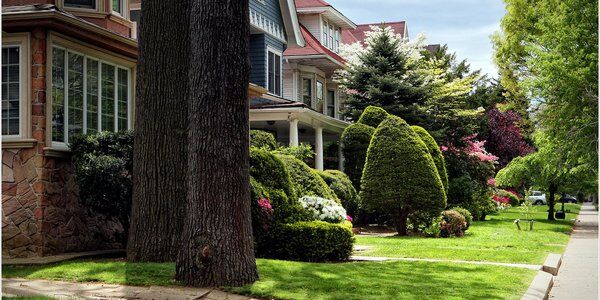
Interested in finding more places like this? Try one of our New York City Scavenger hunts - untangle cryptic clues as a team, as you are taken on a journey to the most unique, unusual and bizarre corners of NYC.
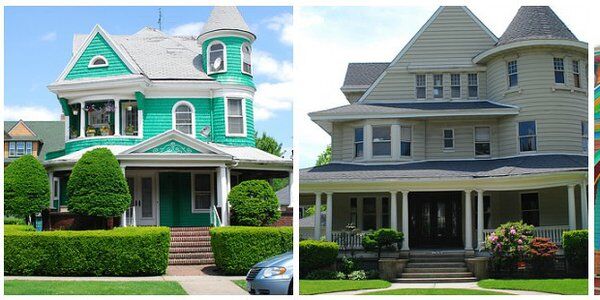
Learn more about strange developments in major world cities in our posts on Culture House DC, Little Venice and Southmere Lake.
